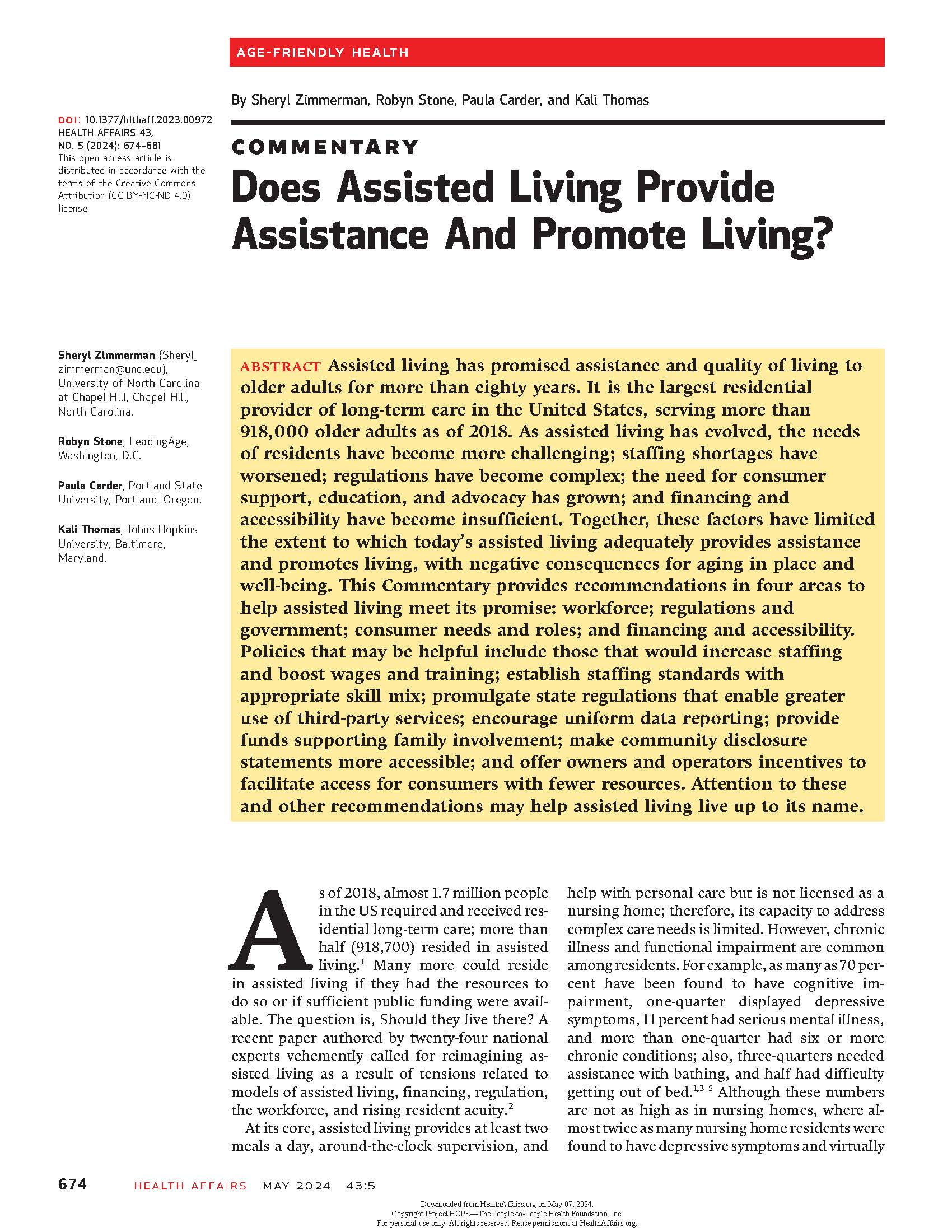WHAT THIS MEANS FOR YOU: Interviews and fieldnotes from 15 resident-family caregiver dyads in 3 Atlanta AL communities found that conversations about death and dying were conducted in four patterns: open discussions (both partners were talking with each other about death), blocked conversations (one partner wanted to talk about death, but the other did not), avoidance due to assumptions (each partner perceived that the other did not want to talk about death), and inability to engage in conversations due to cognitive decline or strained relationships. While 60% of residents wanted to talk about end-of-life, caregivers often avoided it.
Resident and Caregiver Dyads Talk About Death and Dying in Assisted Living: A Typology of Communication Behaviors
WHAT THIS MEANS FOR YOU: Interviews and fieldnotes from 15 resident-family caregiver dyads in 3 Atlanta AL communities found that conversations about death and dying were conducted in four patterns: open discussions (both partners were talking with each other about death), blocked conversations (one partner wanted to talk about death, but the other did not), avoidance due to assumptions (each partner perceived that the other did not want to talk about death), and inability to engage in conversations due to cognitive decline or strained relationships. While 60% of residents wanted to talk about end-of-life, caregivers often avoided it.


